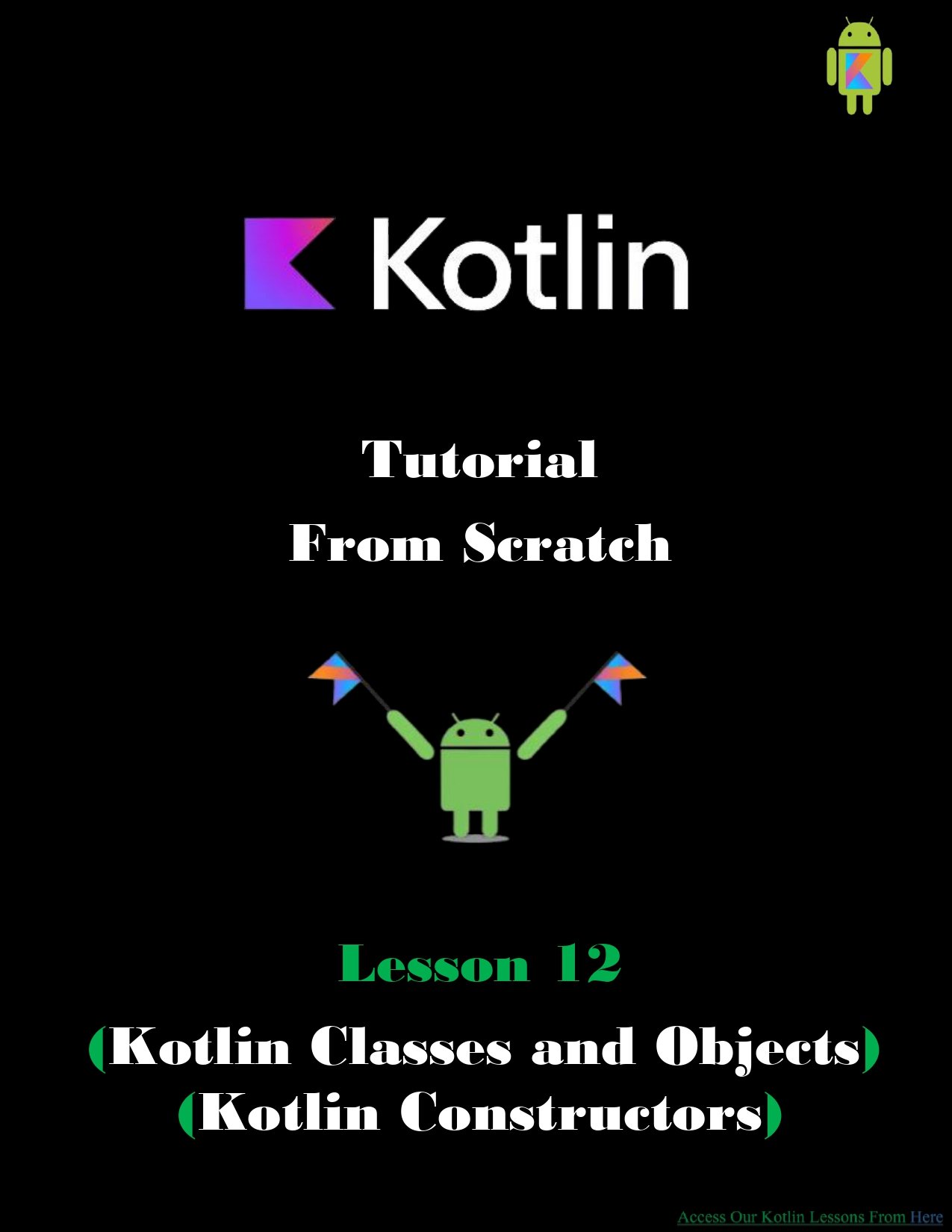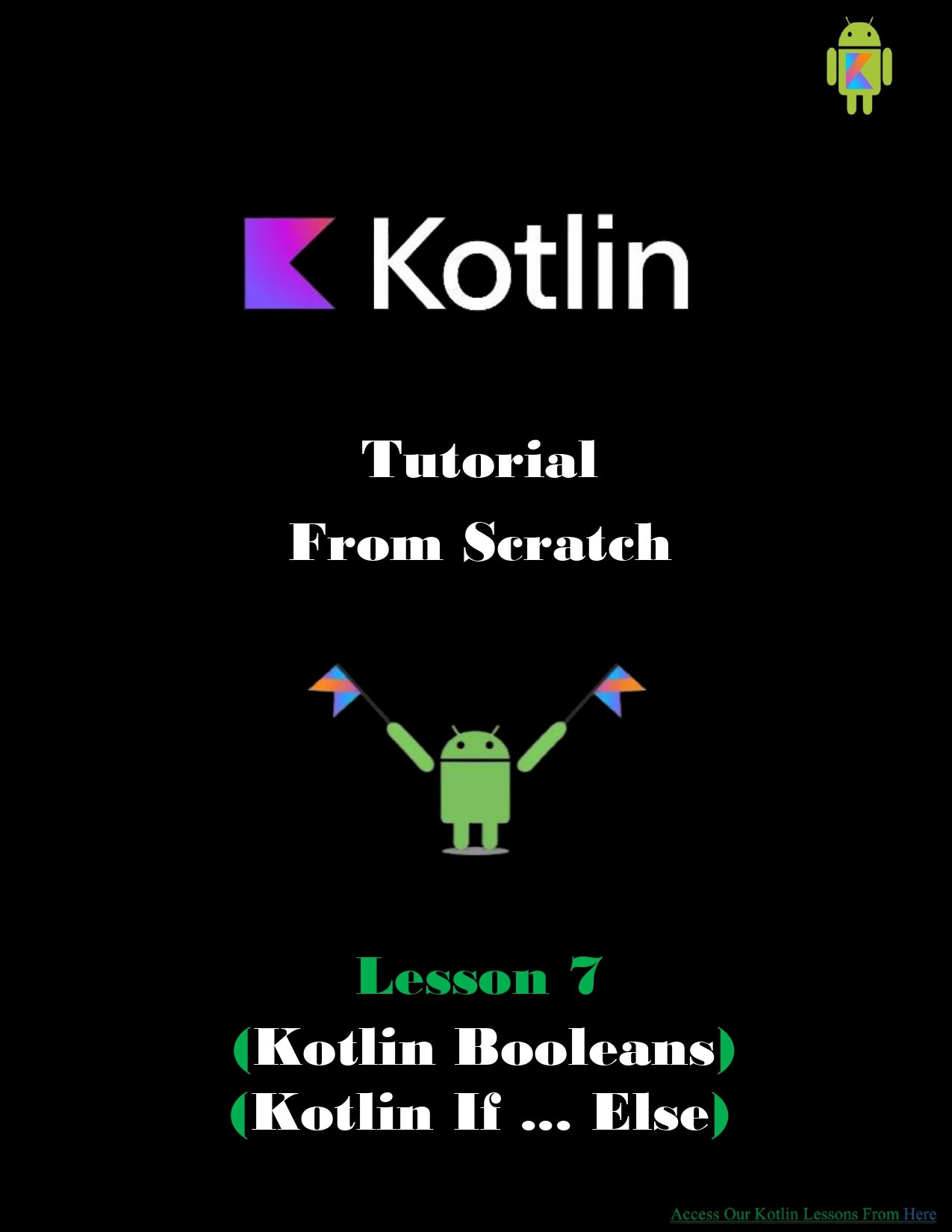Kotlin is a statically typed programming language that runs on the Java Virtual Machine (JVM). It was developed by JetBrains and is now an official language for Android development. Kotlin is designed to be concise, expressive, and safe. It is also interoperable with Java, which means that you can use Kotlin and Java code together in the same project.
Kotlin Classes and Objects & Constructors (Lesson 12 PDF)
Introduction
Welcome to the 12th lesson of our Kotlin tutorial series. In this lesson, we will learn about classes and objects in Kotlin, as well as how to use constructors to initialize them. Classes and objects are fundamental concepts in object-oriented programming, and Kotlin provides a concise and powerful syntax to work with them.
Overview about the Lesson
This lesson covers the following topics:
- How to declare a class and create an object from it
- How to define properties and methods for a class
- How to use primary and secondary constructors to initialize a class
- How to use inheritance and polymorphism to reuse and extend existing classes
- How to use abstract classes and interfaces to define common behaviors for different classes
- How to use data classes and enum classes to represent simple data types




The Content of the Lesson
The lesson consists of a PDF file that contains detailed explanations, examples, exercises, and solutions for each topic. You can download the PDF file from the link at the end of this post. You can also watch the video version of the lesson on our YouTube channel.
Why This Lesson
Learning about classes and objects is essential for any Kotlin developer, as they are the building blocks of any application. By mastering these concepts, you will be able to create complex and modular programs that are easy to maintain and extend.
You will also be able to use existing libraries and frameworks that rely on object-oriented principles.
Conclusion
We hope you enjoy this lesson and find it useful for your Kotlin journey. If you have any questions or feedback, please leave a comment below or contact us via email. Don’t forget to subscribe to our newsletter and follow us on social media for more Kotlin tutorials and resources.
Download from Link
You can download the lesson from the following link:

















